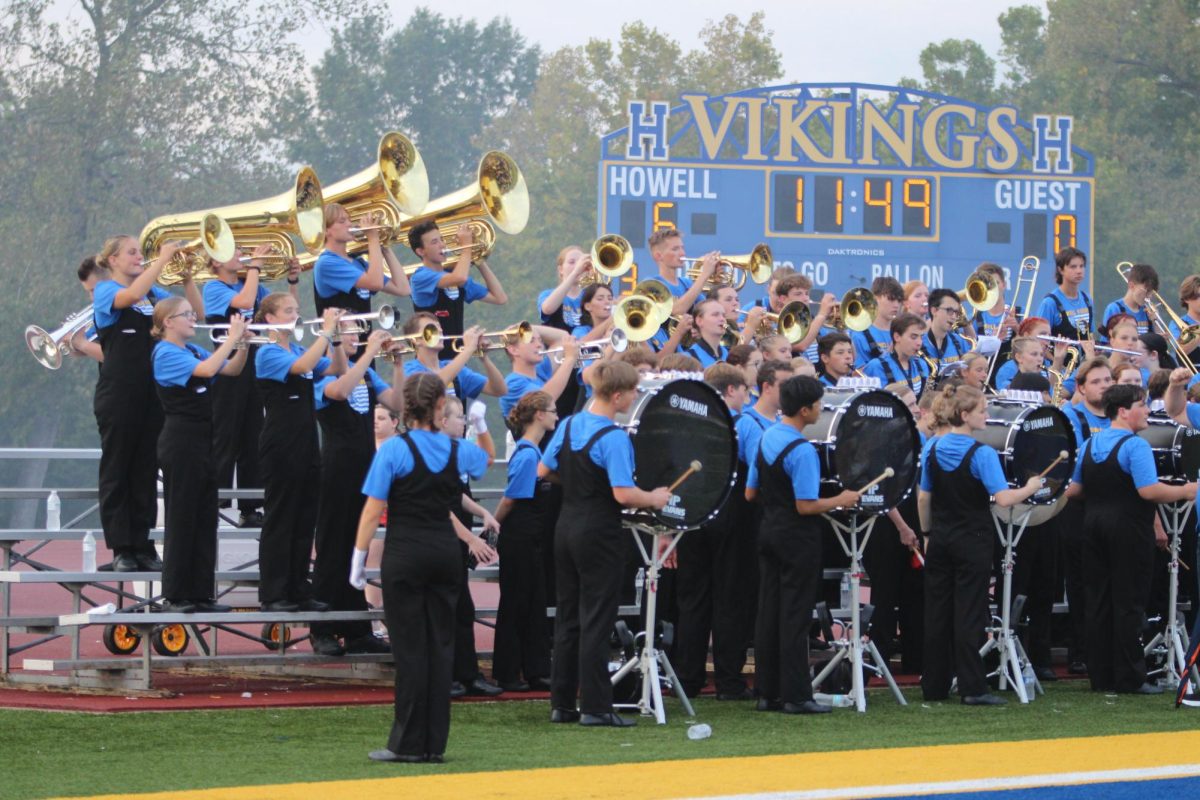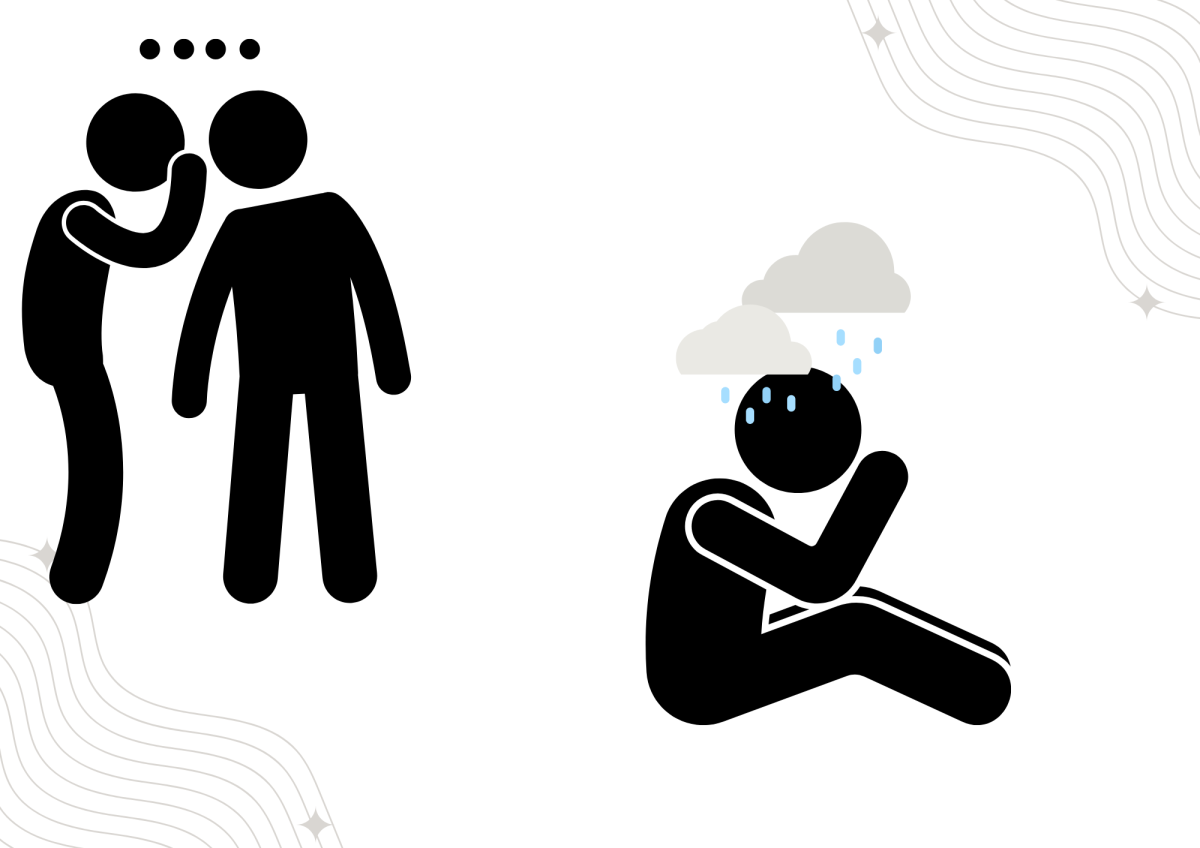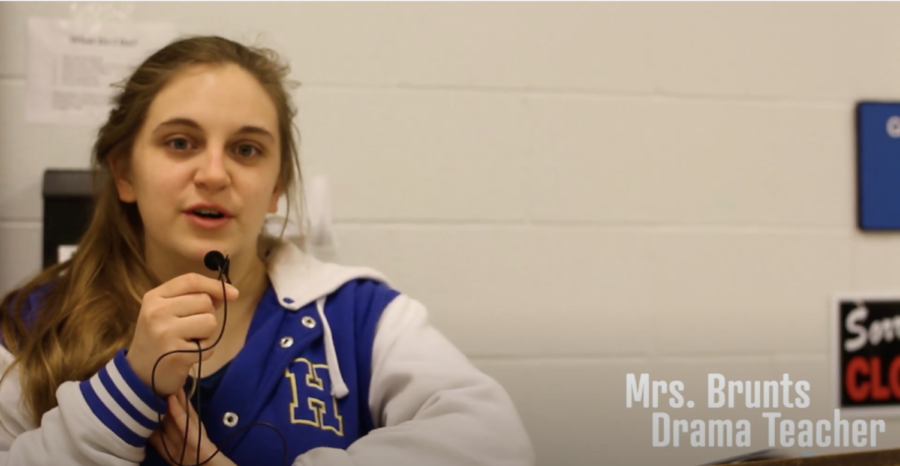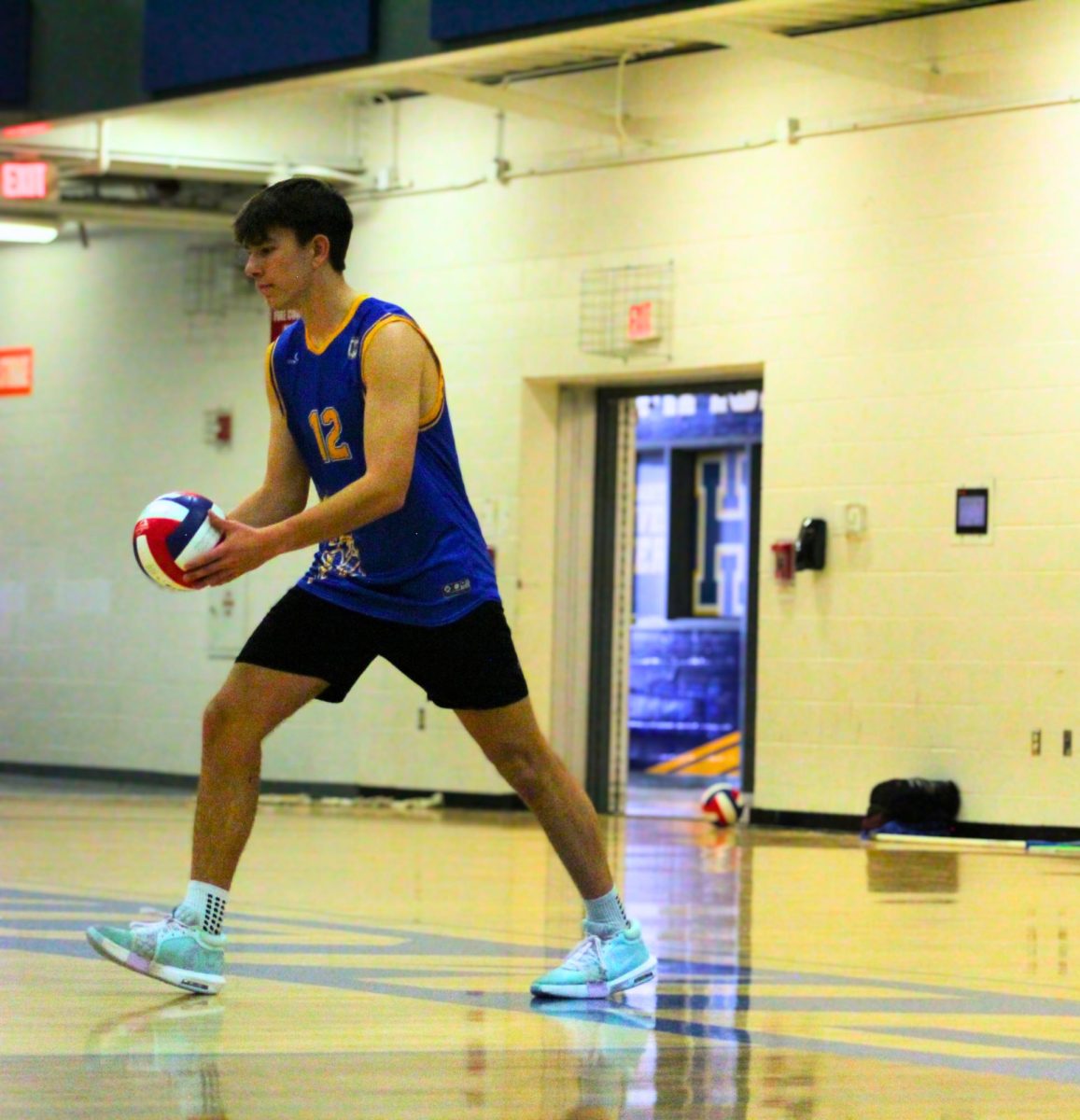School A/C Editorial
It is brutally cold inside this school. As soon as you set foot in the commons, a blast of chilling air conditioning slaps you straight in the face, sending shivers down your spine. Anywhere you walk in this school, you’ll hear the complaints of the students, “it’s too cold.”
The district policy requires schools to be set at around 70 degrees, but it certainly doesn’t feel like it. There have been a variety of times where students walk into the school without a sweatshirt on, and as soon as they set foot in the commons, their teeth start chattering because of how cold it is.
Statistics show that low temperatures slow efficiency of students. According to a Cornell University study, workers are more efficient when they’re warm.
If the school was warmer, it would be easier to focus on the lessons teachers are giving, rather than the goosebumps rising on your arms. Although each room has an individual thermostat to adjust the temperature, it seems like every room is as cold as the next.
Cold also has negative effects on the brain. According to the U.S. National Library of Medicine, a decrease in temperature stimulates far less brain stem activity, which results in lower levels of serotonin, a neurotransmitter that is released in the brain that regulates certain aspects of mental state such as mood and desire to sleep. In extreme cases, serotonin deficiencies can lead to depression, anxiety, irritability, and insomnia. The lower the levels of serotonin, the worse your mood is, and the more tired you are. In essence, the colder the school is, the worse it makes students feel, and the more it inclines them to take a quick nap during class.
Increasing temperature in the school would have an overall good reaction on the student body, leaving more students satisfied with the warmer temperature than those who dislike it.
An easy solution would be to simply raise the temperature by one or two degrees: that is all. Students would be more attentive, as well as in better moods in class. A decrease in the amount of air conditioning used would save the school money that could be better used in other areas, such as providing bus transportation to all sports activities, which is currently lacking.
All in all, the cold temperatures in the school negatively impact students, and the problem must be addressed.

This is my first year on yearbook staff. I joined yearbook because I took journalism last year and I thoroughly enjoyed it. My favorite part about writing...



































